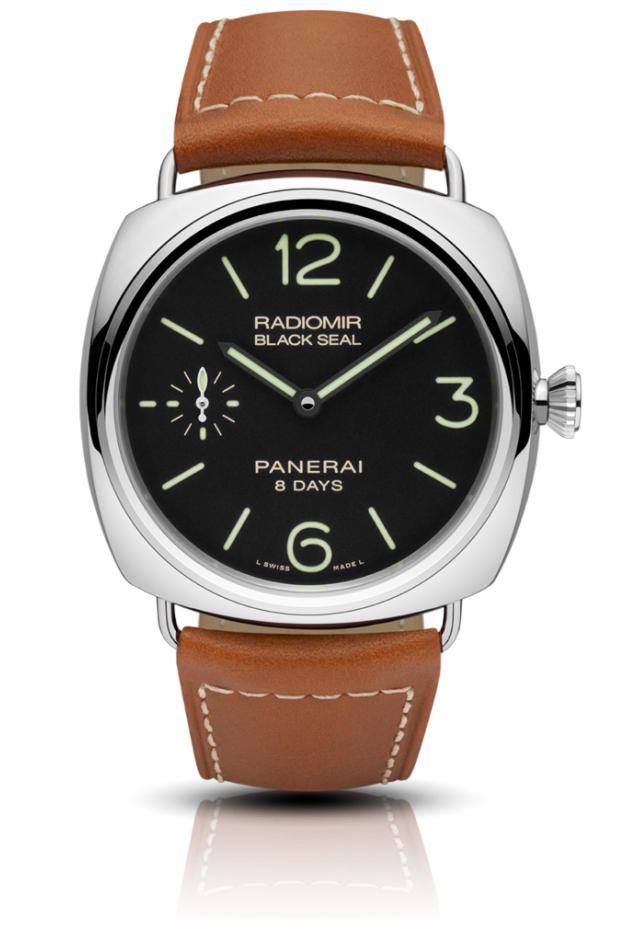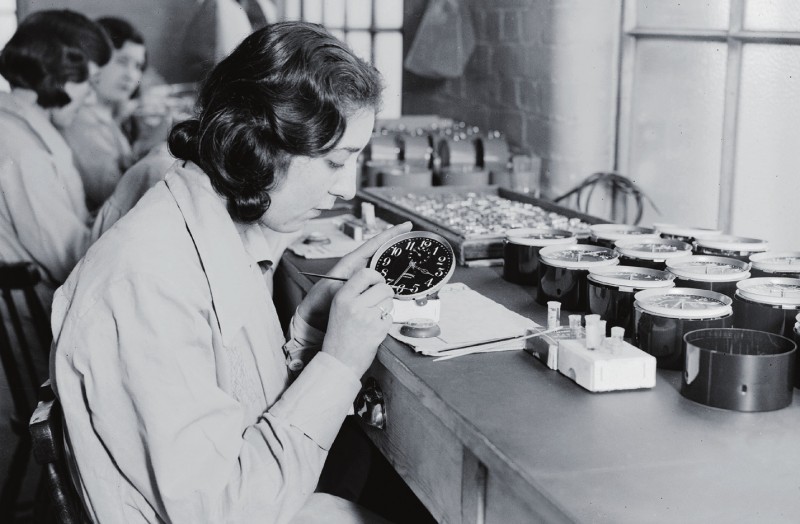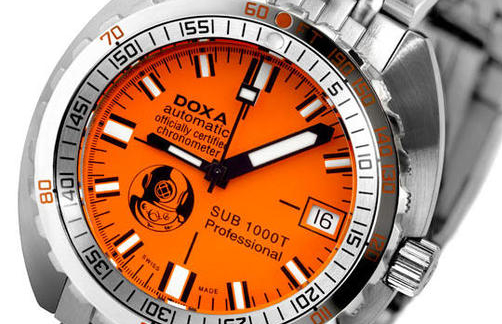The name Radiomir is synonymous with Panerai and diving watches. Patented by Guido Panerai in 1916, it is a compound of radium bromide, mesothorium and zinc sulphide (ZnS).
Radium Bromide is produced from Uranium ore and was famously discovered by Pierre and Marie Curie in 1898. The word Radium derives from the Modern Latin ‘radius’ or ray, denoting light and Marie Curie commented on the glow from test tubes that she carried around the laboratory in her pockets. As we all know, that didn’t end well.

Mesothorium, also known as Radium 228 was added to the paint to extend its luminosity.
ZnS was used by Ernest Rutherford who became known as a the father of nuclear physics, who also studied the radioactive properties of Radium. He conducted research at Manchester University that led to the first “splitting” of the atom in 1917 in a nuclear reaction between nitrogen and alpha particles, in which he also discovered (and named) the proton.
In 1928, the notorious case of the ‘Radium Girls’ went to court, but was settled before the trial was deliberated by jury and they received $10,000 each and a $600 annuity and legal and medical expenses. The girls would lick their brushes prior to applying the luminous paint to the dials and even paint their nails for fun.

In 2009, it was alleged that a cluster of cancer cases at Manchester university were a result of Rutherford’s experiments, however an independent enquiry found this to be unlikely. Rutherford died during the First World War and two years later nuclear fission was discovered which paved the way for the atomic bomb.

